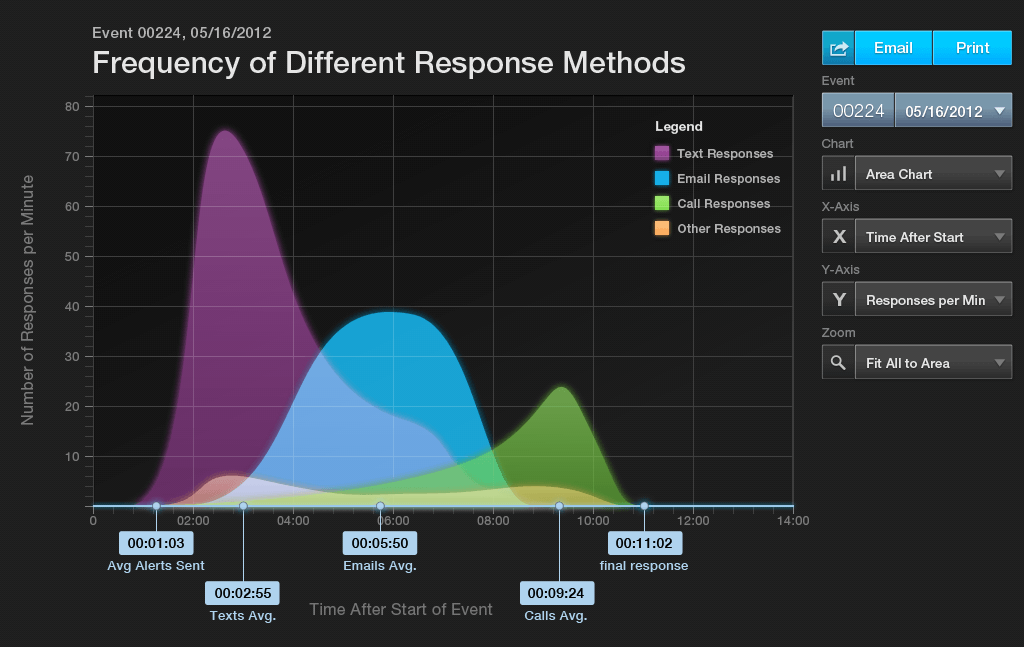
Most of our clients never seem to have an issue when it comes to data collection. After all, data is everywhere in a business and it’s profoundly silly how quickly and easily it piles up. It can be difficult to determine the right time to pull insights, tell that incredible data story, or just do something, anything, with it.
Why is it a challenge? Here are some common reasons:
-
-
Data is available, but it’s not easily accessible (unstructured or various locations)
-
-
-
The Data available can’t support the intended story
-
-
The Data doesn’t tell a clear story
Given these complications, how do you get your data out there?
1. Tell an “Internal Data Story,” not meant for the wider world
A story that can be told internally is the best way to vet your idea. Things like sales pipeline info, customer satisfaction ratings, etcetera can all be great baseline metrics for an overall story. On occasion, this can lead to providing a level of transparency to the entire company and help them unite around a common goal. The end product can also provide an idea for possible external approaches.
Example: One of our clients decided to build an executive dashboard that showcased the company’s revenue performance via key metrics. We developed unique charting types within a specific layout driven by data relationships, the combination resulted in an illuminating experience, used throughout the company to help inspire greater performance. This dashboard has also led to the motivation of publicly bound products that showcased valuable insights to its customers.
2. Perform Data Discovery
Everyone overestimates how difficult it is to visualize your data, but with data manipulation products like Tableau, Domo, Pentaho, IBM’s Many Eyes, D3, and R, among others, it’s that much easier to gain understanding of data using a visual medium.
The key is to start with a simple portion of your data and to start pulling basic insights to visualize and correlate with each other. This process leads to a compound series of questions that can help provide an overall vision to the end product goal. We see the effect during our discovery process, which usually leads to unforeseen avenues for data intelligence.
Example: A client of ours had a challenge with their existing customers. Their clients were in a process rut when it came to gaining intelligence via our client’s data set. This meant that our client’s customers were quickly hitting a perceived value ceiling when it came to extracting the most insights out of the data set. The simple solution came down to how the data was visualized and internally structured.
Through our innovation process we created a “Rainbow Matrix Sphere Grid” design to help solve our client’s challenge. Users can select multiple items for a campaign, visualize relationships between all items, see the population that the campaign can target, and create interlinking boolean rules. This ultimately helped our client’s customers lead to a better process of exploring out of the box insights, thus gaining more value out of the same data set.
No matter what stage you are in, there’s a solution to help get you to the overall goal of showing your data truth.
